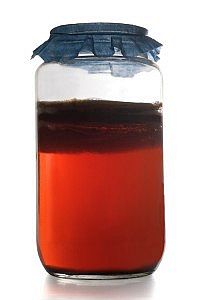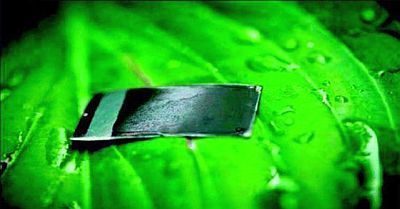 Mike Adams – It’s always interesting to study how civilizations collapse and eras of seemingly great human ingenuity come crashing to an end. Since the discovery of penicillin by Alexander Flemming in 1928, the chemical medicine industry has promised humanity that all our ills will be cured by prescription medications. We’ve been promised that cancer, diabetes, heart disease and even Alzheimer’s will all be cured once the pharmaceutical industry finally discovers the correct chemicals for treatment. But today, we’ve come to realize that Big Pharma’s chemicals aren’t curing us… they’ve just DOOMED us.
Mike Adams – It’s always interesting to study how civilizations collapse and eras of seemingly great human ingenuity come crashing to an end. Since the discovery of penicillin by Alexander Flemming in 1928, the chemical medicine industry has promised humanity that all our ills will be cured by prescription medications. We’ve been promised that cancer, diabetes, heart disease and even Alzheimer’s will all be cured once the pharmaceutical industry finally discovers the correct chemicals for treatment. But today, we’ve come to realize that Big Pharma’s chemicals aren’t curing us… they’ve just DOOMED us.
Superbugs are antibiotic-resistant bacteria. They’re immune to Big Pharma’s chemicals, in other words, and they come into existence because of the over-prescription of existing antibiotics. If you attack bacteria with chemicals for long enough, the bacteria develop biological immunity to the chemical. It happens automatically, and it’s part of Mother Nature’s survival problem solving at the cellular level. The problem, of course, is that it only takes one mutation to render an entire antibiotic drug obsolete.
As bacteria become more and more resilient to Big Pharma’s toxic chemicals, the medical efficacy of antibiotic drugs collapses, one by one. Big Pharma’s chemicals fall like dominoes, overrun by the molecular ingenuity of Mother Nature. To prevent a “superbug apocalypse,” drug companies and hospitals have kept one chemical in reserve: colistin, a “last ditch defense” against superbugs. This is the drug that’s used when everything else fails… it’s the very last option when a patient is being literally eaten alive by antibiotic-resistant bacteria.

 Julie Fidler – First it showed up in China, then Denmark and now it has reared its ugly head in the United Kingdom. Bacteria resistant to all forms of antibiotics are making their way around the globe.
Julie Fidler – First it showed up in China, then Denmark and now it has reared its ugly head in the United Kingdom. Bacteria resistant to all forms of antibiotics are making their way around the globe.
 We have been looking for alternative fuel sources for years! Now, scientists have discovered that certain bacteria can take hydrogen molecules that have been split from water using the energy of the sun, and convert them to alcohol based fuel.
We have been looking for alternative fuel sources for years! Now, scientists have discovered that certain bacteria can take hydrogen molecules that have been split from water using the energy of the sun, and convert them to alcohol based fuel.